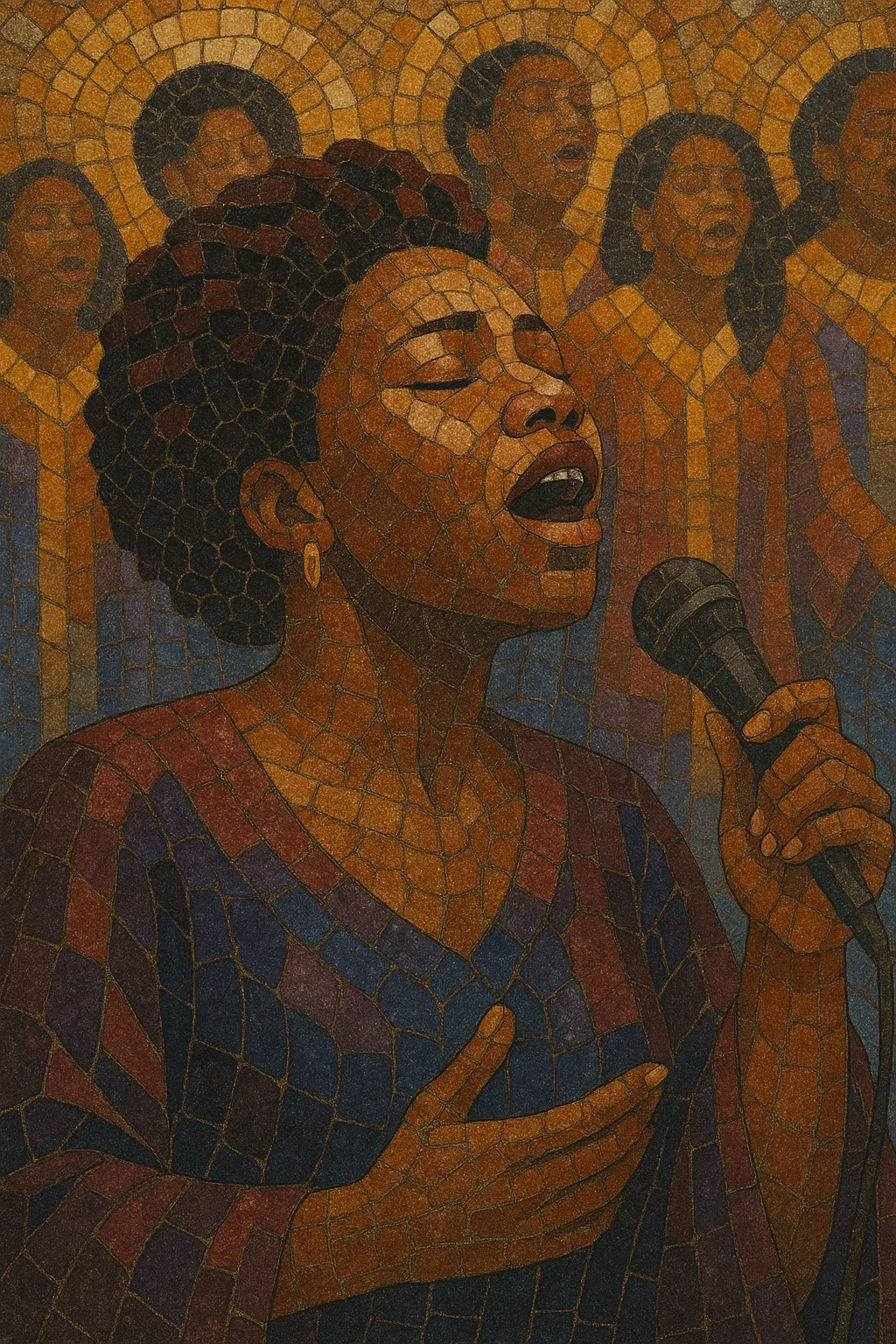
Gospel R&B is a crossover style that marries the vocal power, spiritual themes, and choir-driven arrangements of gospel with the grooves, harmonies, and production aesthetics of contemporary R&B.
Typical records feature lush keyboards, silky bass lines, hip‑hop–informed drum programming, and stacked background vocals supporting melismatic, church‑trained lead singers. Lyrics focus on faith, testimony, and worship, while the sound remains radio‑friendly and modern—often as comfortable on gospel charts as on urban adult contemporary playlists.
Gospel singers have long drawn from secular Black popular music, but the direct fusion with modern R&B coalesced in the 1980s. Artists and groups such as BeBe & CeCe Winans and Commissioned brought synthesizers, drum machines, and quiet‑storm sensibilities into church music, setting the stage for a clearer Gospel R&B identity.
In the 1990s, the style gained mainstream visibility. Kirk Franklin’s productions popularized gospel with hip‑hop and R&B grooves, showing that praise music could share the sonic space of urban radio. The decade also normalized contemporary R&B songwriting structures—verses, pre‑choruses, sing‑along hooks—in explicitly gospel contexts.
Acts like Mary Mary, Yolanda Adams, Fred Hammond, and J Moss refined a polished, radio‑ready sound that balanced testimonies of faith with head‑nodding beats and rich harmonies. Producers increasingly integrated hip‑hop soul and later trap‑era textures (808s, rolling hi‑hats), while maintaining gospel’s hallmark call‑and‑response and choir climaxes.
Today, Gospel R&B sits at the center of "urban contemporary gospel," informing pop worship aesthetics and influencing secular R&B singers raised in church. Its legacy is heard in modern arrangements that pair extended jazz‑gospel harmony with sleek, contemporary production while keeping lyrical focus firmly on spiritual uplift.

